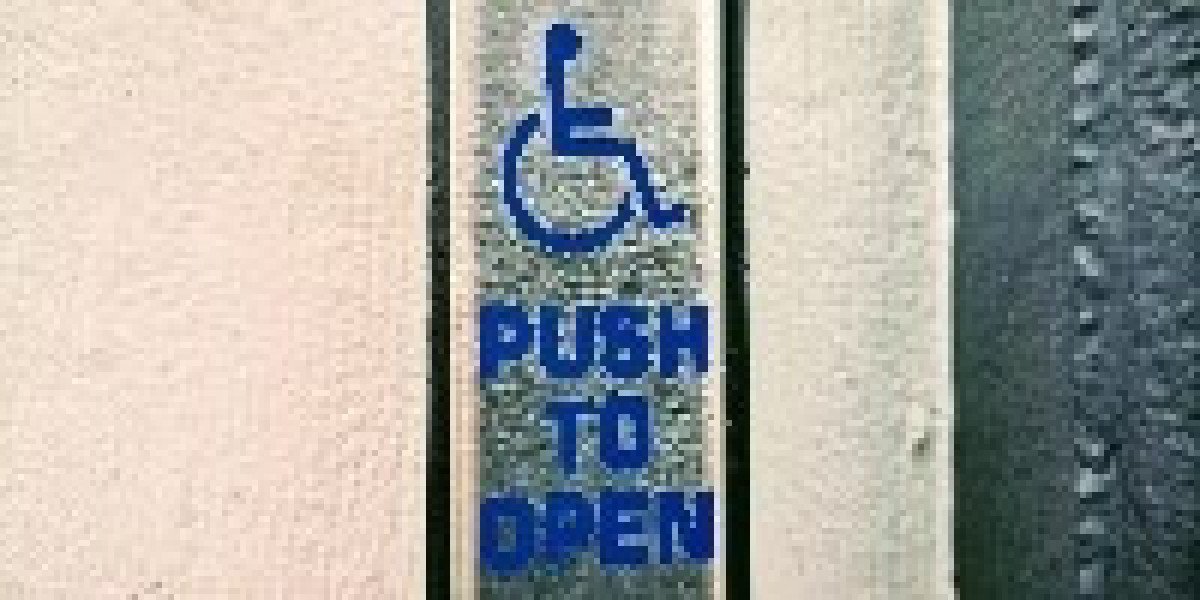Discover why accessibility should be a priority in interior design. Learn how ADA-compliant design enhances spaces, ensures legal compliance, and improves usability for all.
Whenyou work in the interior design field, youre mainly focused on aesthetics. After all, its your job to furnish and decorate your clients spaces. But when youre hired to revamp a facility thats open to the public, you should consider more than just appearance. You should also consider accessibility and take a better approach to ADA-compliant design.
Hereswhy
Why Accessibility Should Be a Priority for Interior Design
EversincetheAmericanswithDisabilitiesAct(ADA)wentintoeffectin1990,ithashadasignificantimpactonthewaybuildingsintheUnitedStatesaredesigned.UnderTitleIII,theADArequiresallpublicaccommodationstoprovideequalaccesstopeoplewithdisabilities.Ultimately,itsalawthatbusinessownersshouldavoidbreakingiftheydontwanttofacefinancialconsequences.
So,itmakessenseforyouasaninteriordesignertohaveafirmgraspofADA compliantdesign.Whenyourefamiliarwiththe2010ADAStandardsforAccessibleDesign,youknowwhatfeaturesarenecessaryforcompliance.Thatway,asyouupdateaclientsfacility,youcanalsohelpthemavoidpotentialfinesandlawsuits.
Butthatsnottheonlyreasonyoushouldprioritizeaccessibility.
ThefactisthatADA-compliantdesignisameansofremovingbarriersandprovidingaccesstoallindividualsanditsnotgoinganywhere.Althoughitcanbechallenging,itswellworthkeepingaccessibilitytopofmindandcomingupwithcreativesolutionstoimproveagivenspace.Indoingso,youcangiveyourclientsthechancetoserve customers with disabilitiesbetter.Plus,youcanstayaheadofthecurveanddemonstrateyourexpertiseinthoughtfuldesignthatbenefitseveryone.
5 Tips for Applying ADA-Compliant Design Principles
Foreveryprojectthatinvolvesmodifyingapublicspace,youwanttomakesuretheresultisnotonlyattractivebutalsofunctionalandsafe.ApplyingADA-compliantdesignprinciplesthatallowforequitableuseandminimalphysicaleffortcangoalongway.Tohelpyouout,weprovidedsometipsbelowonputtingtheseprinciplesintopractice.
1. Be Mindful of Clearance under Desks and Tables
AdequateclearanceiscrucialinADA-compliantdesign.Thatswhyyoushouldkeepthsinmindwhensourcingnewdesksandtablesforaclientsfacility.Theseareasshouldhaveenoughspaceunderneathtofitwheelchairscomfortablywithoutthetopsurfacebeingtoohigh.Otherwise,peoplewithdisabilitieswhousemobilityaidswillhavelimitedaccess.
PertheADA,tablesmustmeetthefollowingrequirements:
- They should be between 28 and 34 inches high.
- There should be at least 27 inches of clearance between the floor and the bottom of the table.
- Knee clearance should extend at least 19 inches under the table.
Ofcourse,plentyofproductsonthemarketfitthesedimensions.Additionally,adjustabledesksarebecomingmorepopular.So,itsimportanttodetermineeachclientsneedsandchoosethebestoptionforthem,theiremployees,andtheircustomers.
2. Aim for Hardware and Fixtures That Are Easy to Use
Hardwareandfixturestendtogooverlookedinpublicspaces.Butwhentheyrepoorlydesigned,theycanpreventthosewithdisabilitiesfromusingthem.So,ifyouretaskedwithupdatingaclientsspace,aimforeasy-to-useoptionswheneverpossible.
Hereareafewexamples:
- LightswitchesAlthoughflipswitchesareacceptable,push-platetypesareusuallythewaytogobecausetheyreeasiertouse.
- Doorknobs Knobs and handles that require wrist-twisting arent compliant. So, its best to opt for U-shaped pulls and lever-shaped handles.
- Faucets Faucets should be operated with no more than 5 pounds of force. There are plenty of options that meet this requirement, including touchless, lever, and cross handle.
- Cabinet drawer hardware U-shaped pulls are an excellent choice for cabinets and drawers, but levers and push-type mechanisms may also be used.
3. Make Signage Part of the Overall Flow
SignageisanessentialpartofADA-compliantdesign.Itallowseveryone,includingpeoplewithvisualimpairments,togettheinformationtheyneedeasily.So,whenyourerevampingaclientsspace,dontforgettoupdatetheirdisplaysaswell.
CertaintypesofsignagemustmeetADAsignspecifications,suchasthoseidentifyingpermanentroomsandcommonareas.Butthegoodnewsistheresalotofflexibilityintermsofhowtheylook.Infact,youcanandshouldmakesignagepartoftheoverallflowbysourcingcustom ADA signs compliantthathavecolors,textures,shapes,andfontsthatfitthespacewheretheyllbeinstalled. 4. Choose Smooth, Non-Trip Floor Surfaces
Whetheryoureupgradinganexistingbuildingordesigninganewonefromscratch,itsvitalthatyouchoosetherightflooring.Atrulyaccessiblespacemakesiteasyforthosewhousewheelchairsandothermobilityaidstomovearoundfreely.Smooth,non-tripfloorsurfacessuchaswood,laminate,andvinylarebest.
Someadditionaltipsareasfollows:
- In cases where carpet must be used, opt for a low-pile option thats easy to move over.
- Avoid soft floor surfaces such as cork or linoleum, which wheelchairs can scratch.
- Dont put fringed or plush area rugs in high-traffic spaces, as individuals may trip over them.
5. Opt for Soft, Low-Glare Lighting
Finally,whendecidinghowtoilluminateaclientsspace,gowithasoft,low-glareoptionwheneverpossible.Softlightingismorecomfortableforthosewithlowvision.Plus,reducingglarefromlightshelpsindividualsseemoreeasily.
TheADAdoesntoutlinespecificrequirementsforlightingbeyondtheplacementoffixtures.However,therearesomewaysyoucanimprovethelightinginaclientsspace.IntroducinggroundtrackLEDlightingalonghallwaysisapopularchoice.Thesamegoesforinstallingadjustablelightingthatcanbemadebrighterordimmerasneeded.
Takeaway
Nowadays,accessibilityissomethingyoucantaffordtooverlookwhenworkingonfacilitiesthatareopentothepublic.So,whenyourehiredtohelpdesignorremodelaclientsspace,makesuretoapplyADA-compliantdesignprincipleseverywhereyoucan.Itswellworththeeffort,andyourclientwillthankyouforit!







